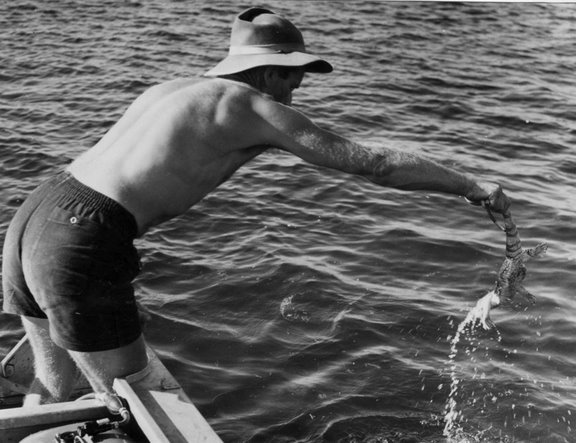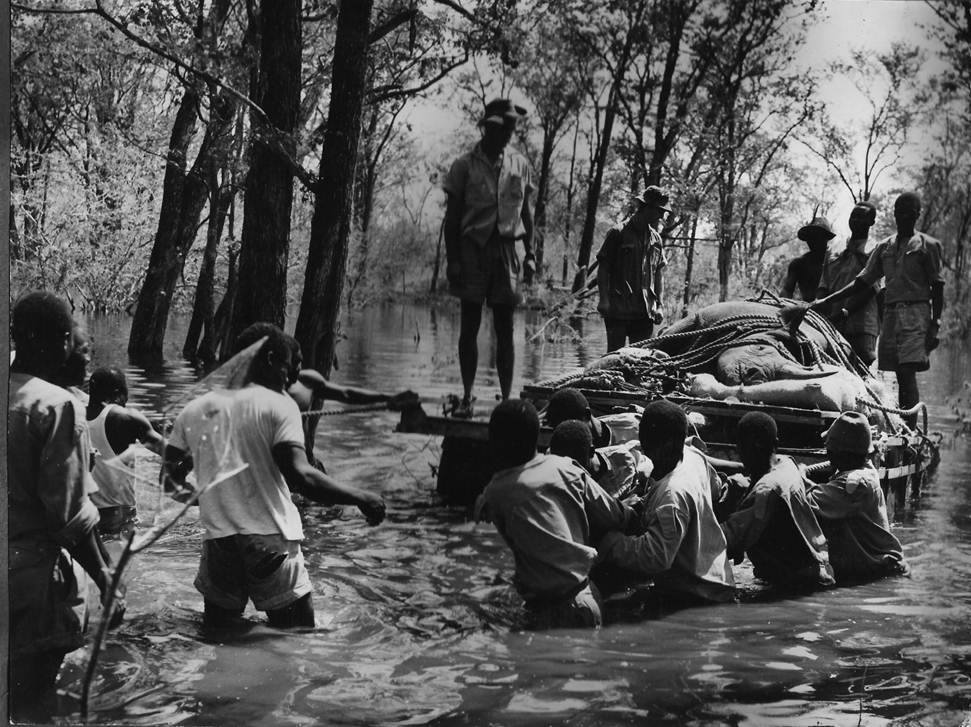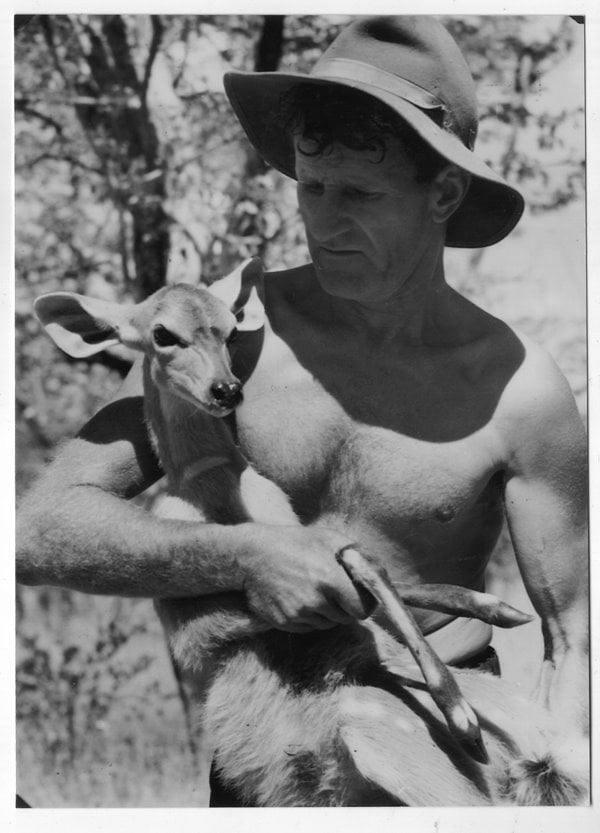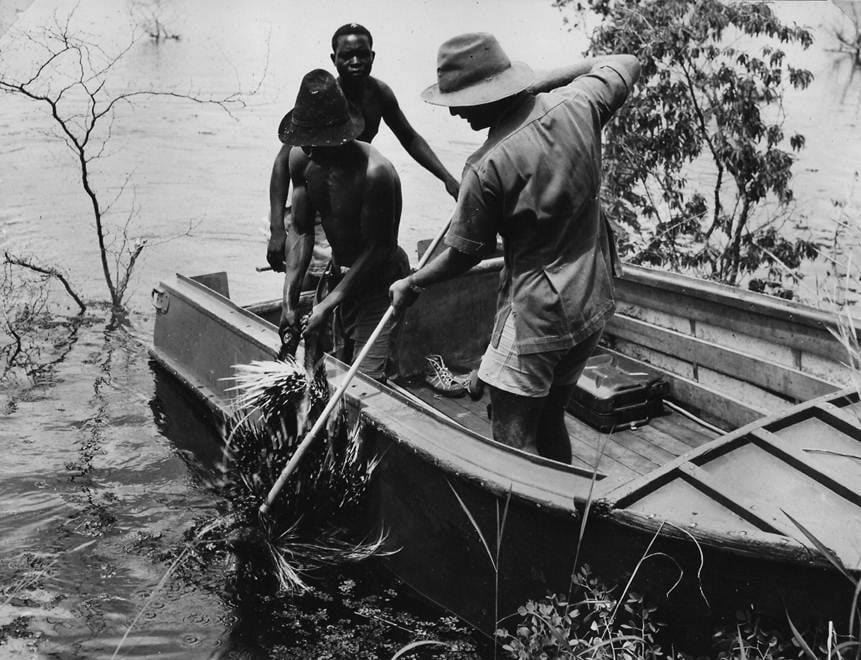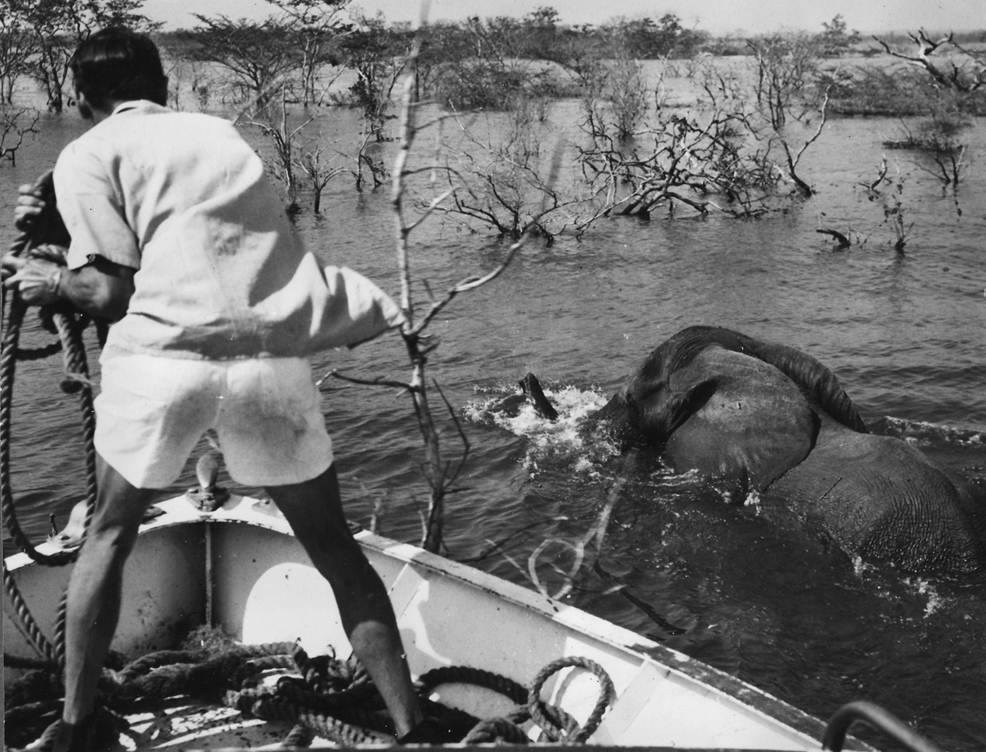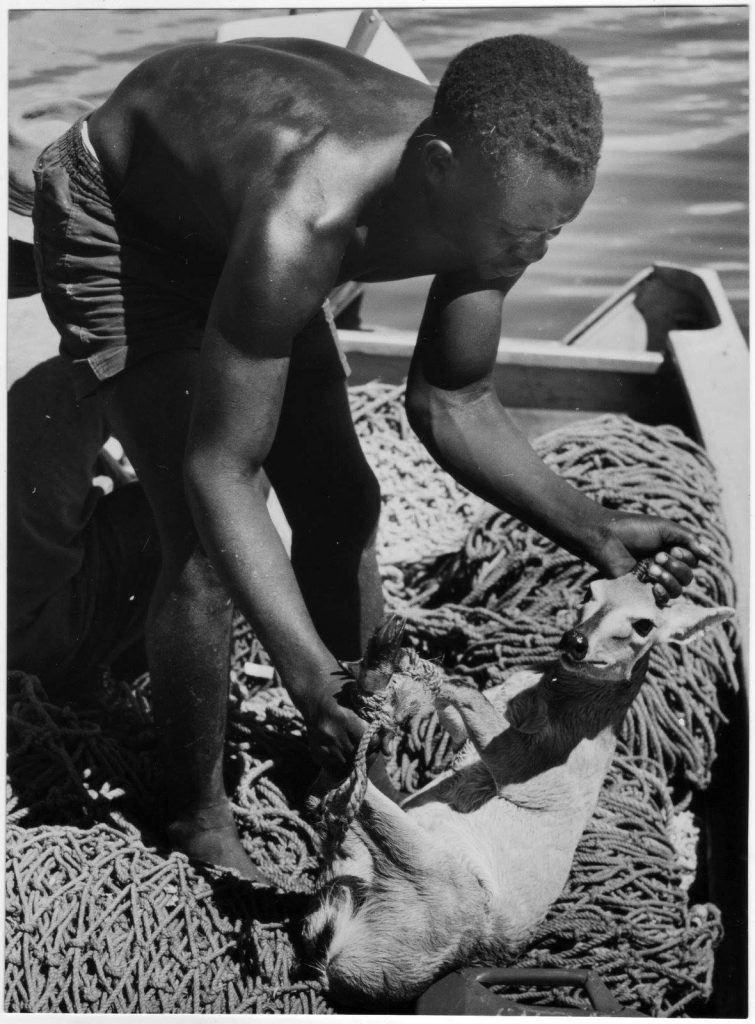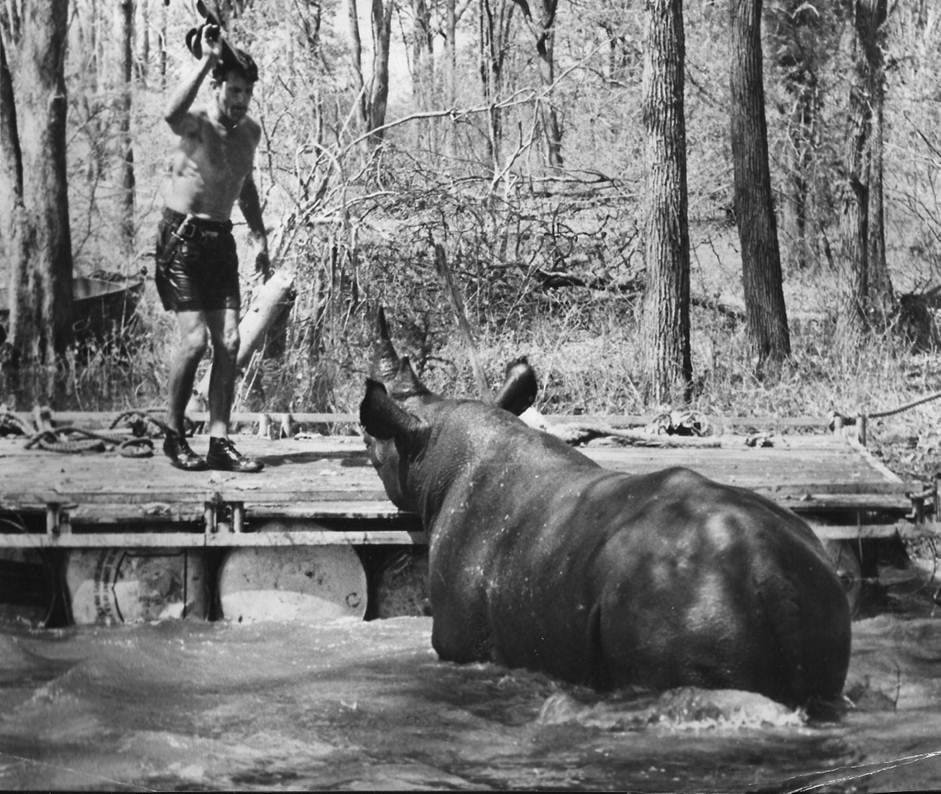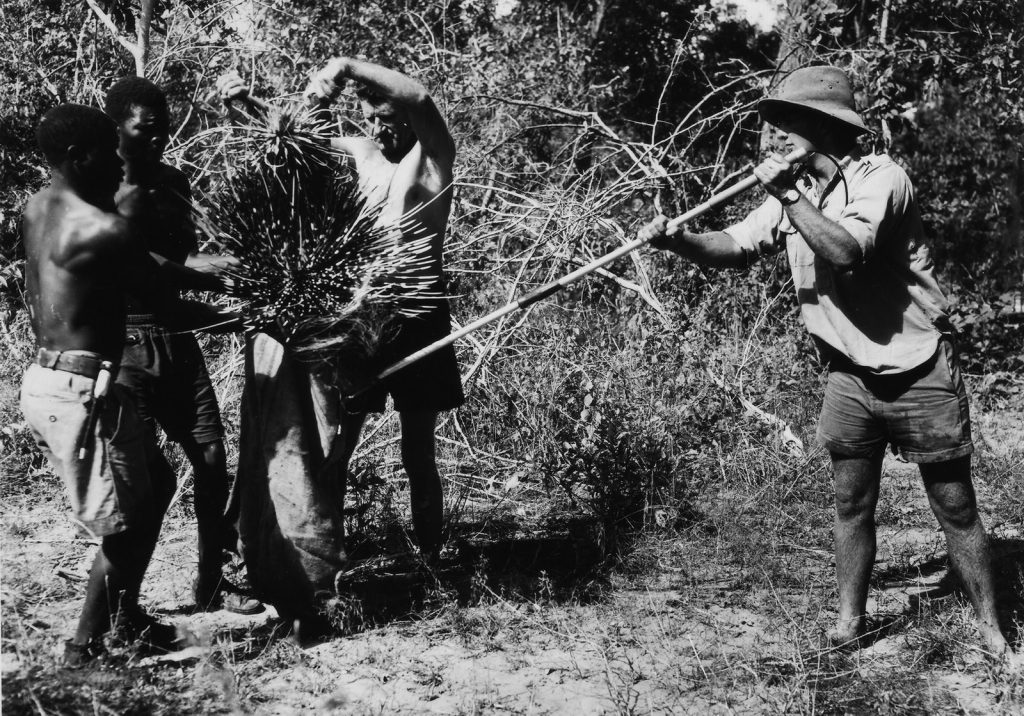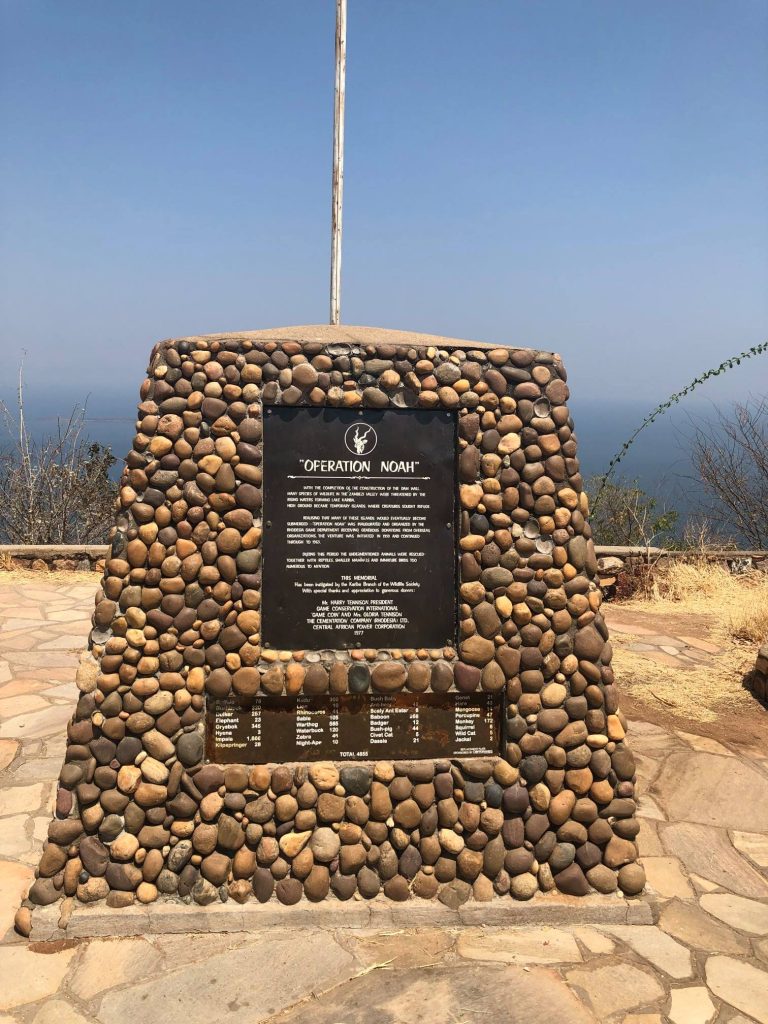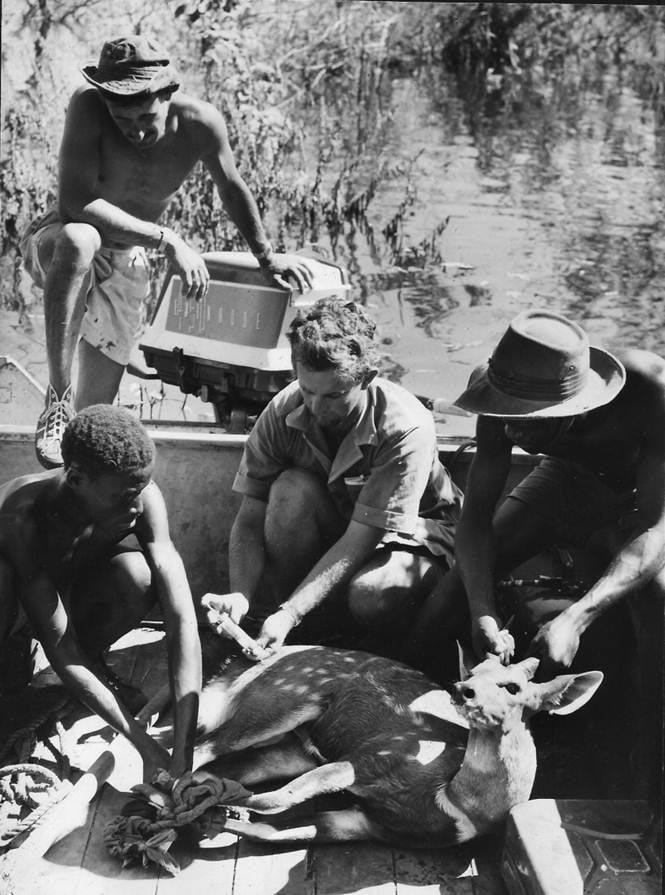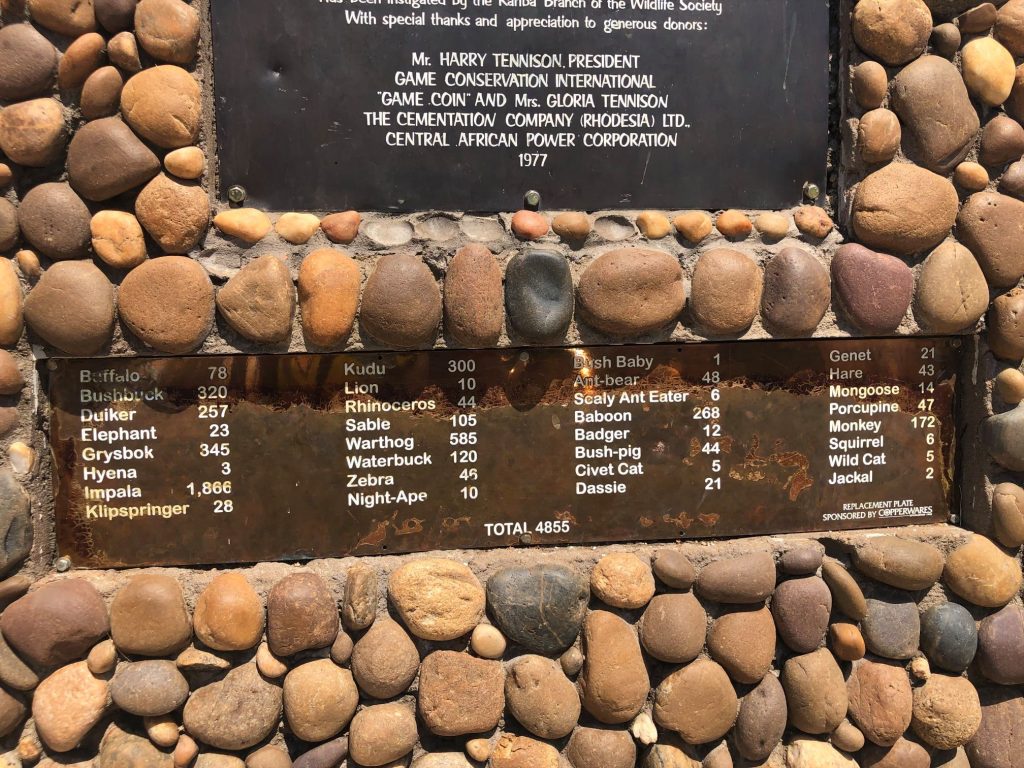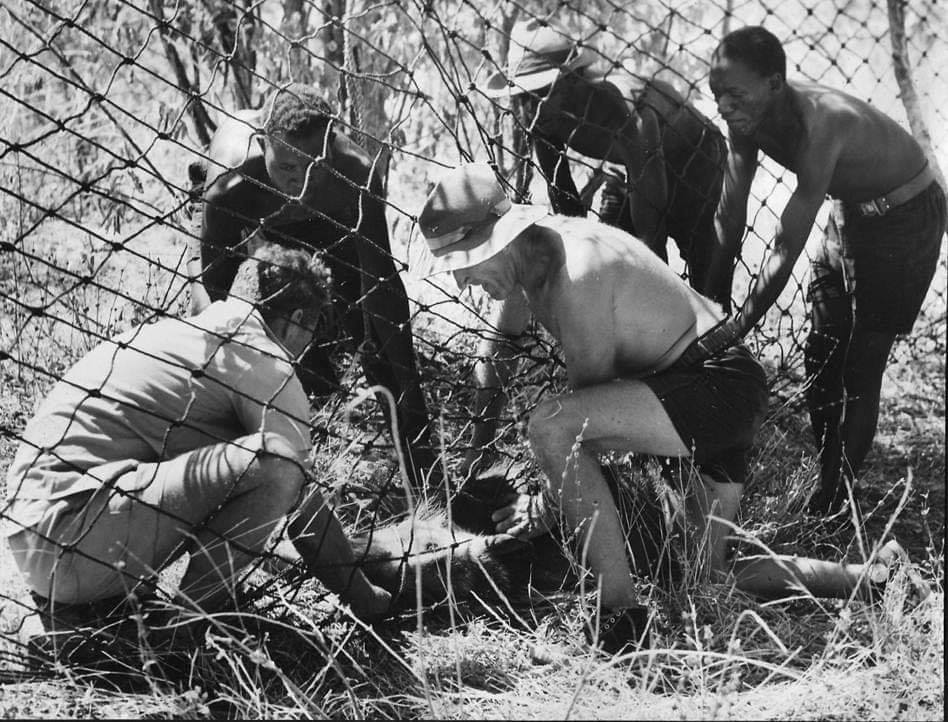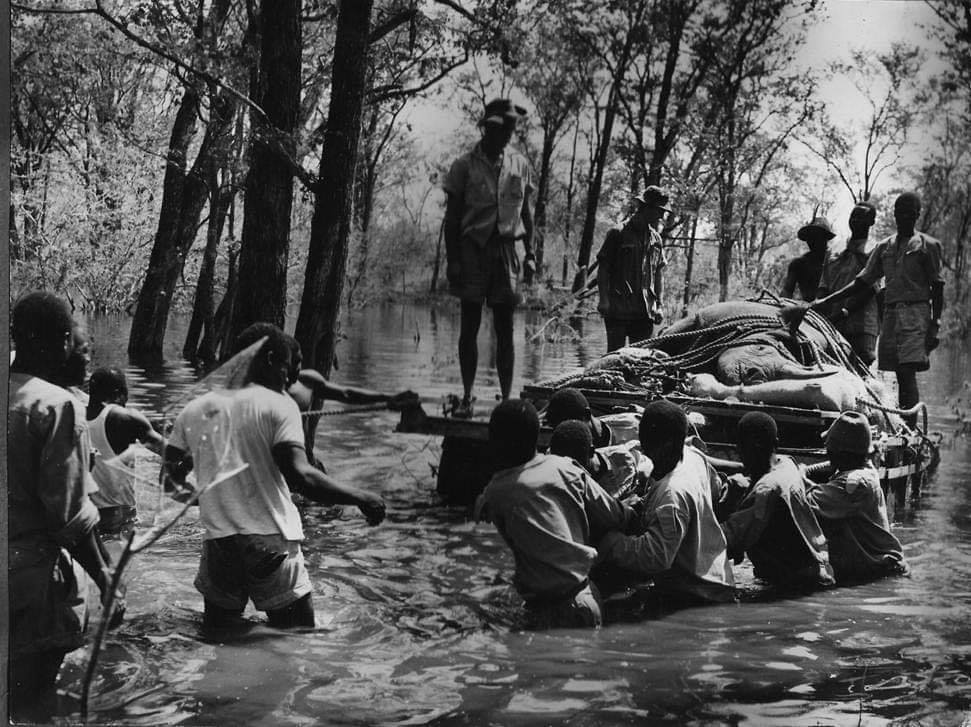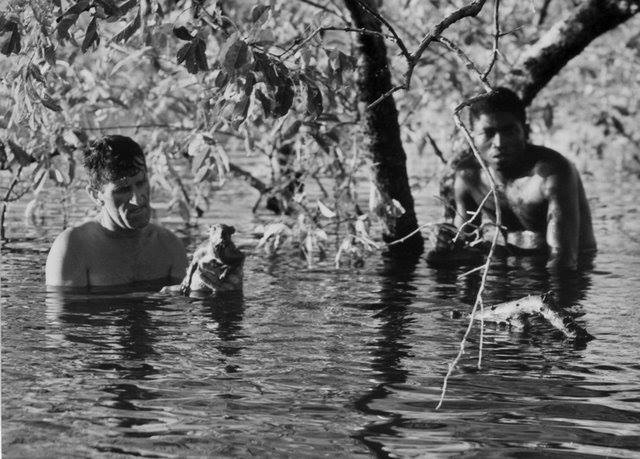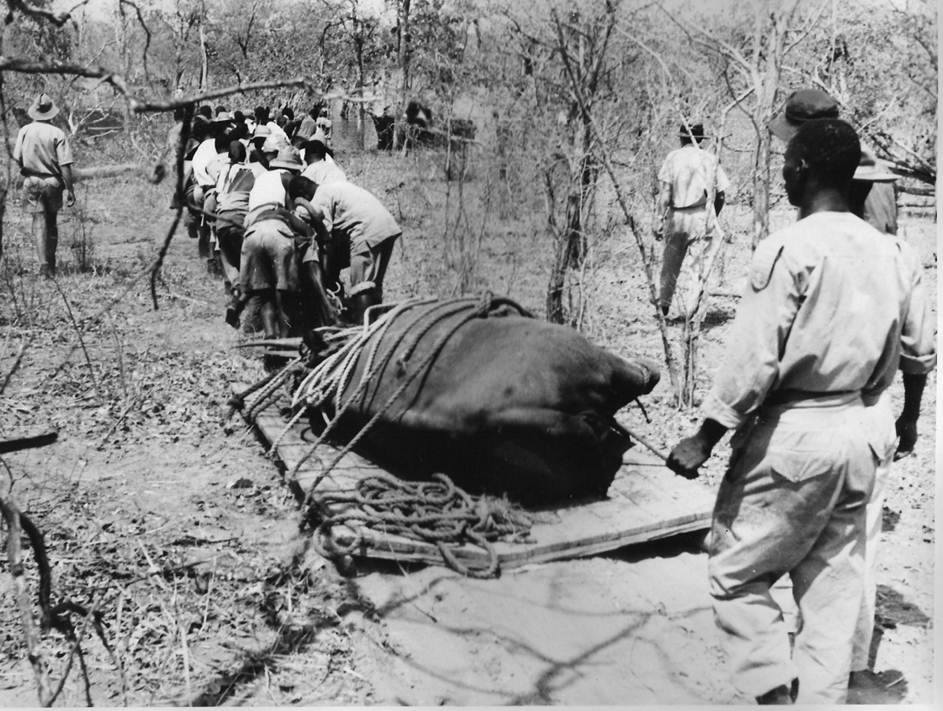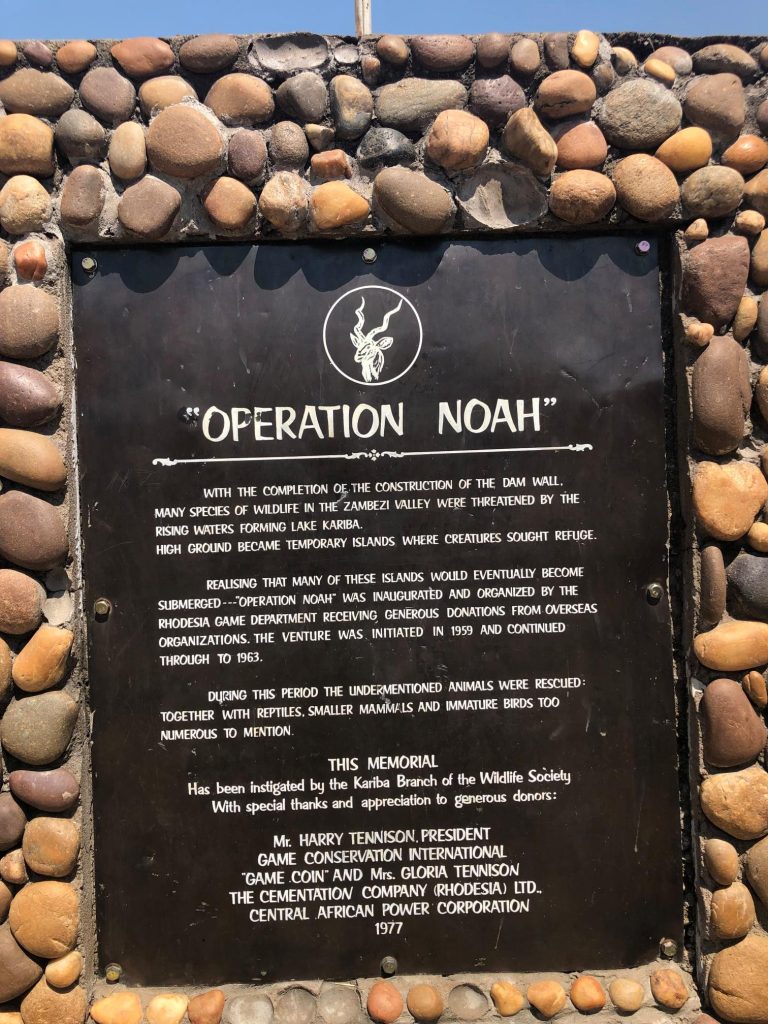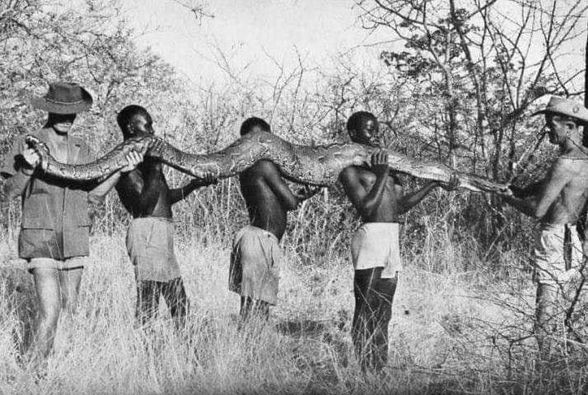KARIBA DAM’S OPERATION NOAH
At the top of the Kariba heights overlooking Lake Kariba is a monument that tells the story of “Operation Noah” and serves as a reminder of how thousands of wild animals were saved from drowning in the Kariba.
In 1958 after the construction of the Kariba Dam on the Zambezi river between present day Zambia and Zimbabwe, Lake Kariba was formed and water began to flood the Zambezi valley. The waters began to rise and many animals became trapped in the rapidly shrinking pieces of land that would eventually be submerged and put the wild life at risk of drowning.
Operation Noah was a wildlife rescue operation that aimed at saving as much of the wildlife as possible. The operation started in 1958 and concluded in 1963. Rupert Fothergill was tasked with leading the rescue of the wildlife. He and many other volunteers spent the years between 1958 and 1963 working tirelessly with immense commitment to traverse the difficult conditions of the Zambezi to rescue stranded animals and relocate them to safer grounds.
By the end of the operation, thousands of animals had been rescued. The Monument of “Operation Noah” lists all the animals that were rescued. Some of which include Elephants, Buffalos, Lions, Impalas, Snakes, Rhinos, Monkeys, Zebras, Kudus, Hyenas, Warthogs, Porcupines, Squirrels, Duikers, Bushbucks, etc.
Operation Noah is testament to how important it is for all of us to dedicate ourselves to preserving and protecting the wildlife that we have today.
